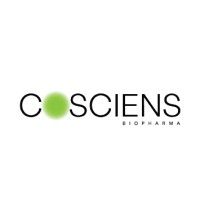Outer layer of cellular membrane contains ordered domains enriched in cholesterol and sphingolipids, called 'lipid rafts', which play various biological roles, i.e., are involved in the induction of cell death by apoptosis. Recent studies have shown that these domains may constitute binding sites for selected drugs. For example alkylphosphocholines (APCs), which are new-generation antitumor agents characterized by high selectivity and broad spectrum of activity, are known to have their molecular targets located at cellular membrane and their selective accumulation in tumor cells has been hypothesized to be linked with the alternation of biophysical properties of lipid rafts. To get a deeper insight into this issue, interactions between representative APC: erucylphosphocholine, and artificial lipid raft system, modeled as Langmuir monolayer (composed of cholesterol and sphingomyelin mixed in 1:2 proportion) were investigated. The Langmuir monolayer experiments, based on recording surface pressure-area isotherms, were complemented with Brewster angle microscopy results, which enabled direct visualization of the monolayers structure. In addition, the investigated monolayers were transferred onto solid supports and studied with AFM. The interactions between model raft system and erucylphosphocholine were analyzed qualitatively (with mean molecular area values) as well as quantitatively (with ΔG(exc) function). The obtained results indicate that erucylphosphocholine introduced to raft-mimicking model membrane causes fluidizing effect and weakens the interactions between cholesterol and sphingomyelin, which results in phase separation at high surface pressures. This leads to the redistribution of cholesterol molecules in model raft, which confirms the results observed in biological studies.







